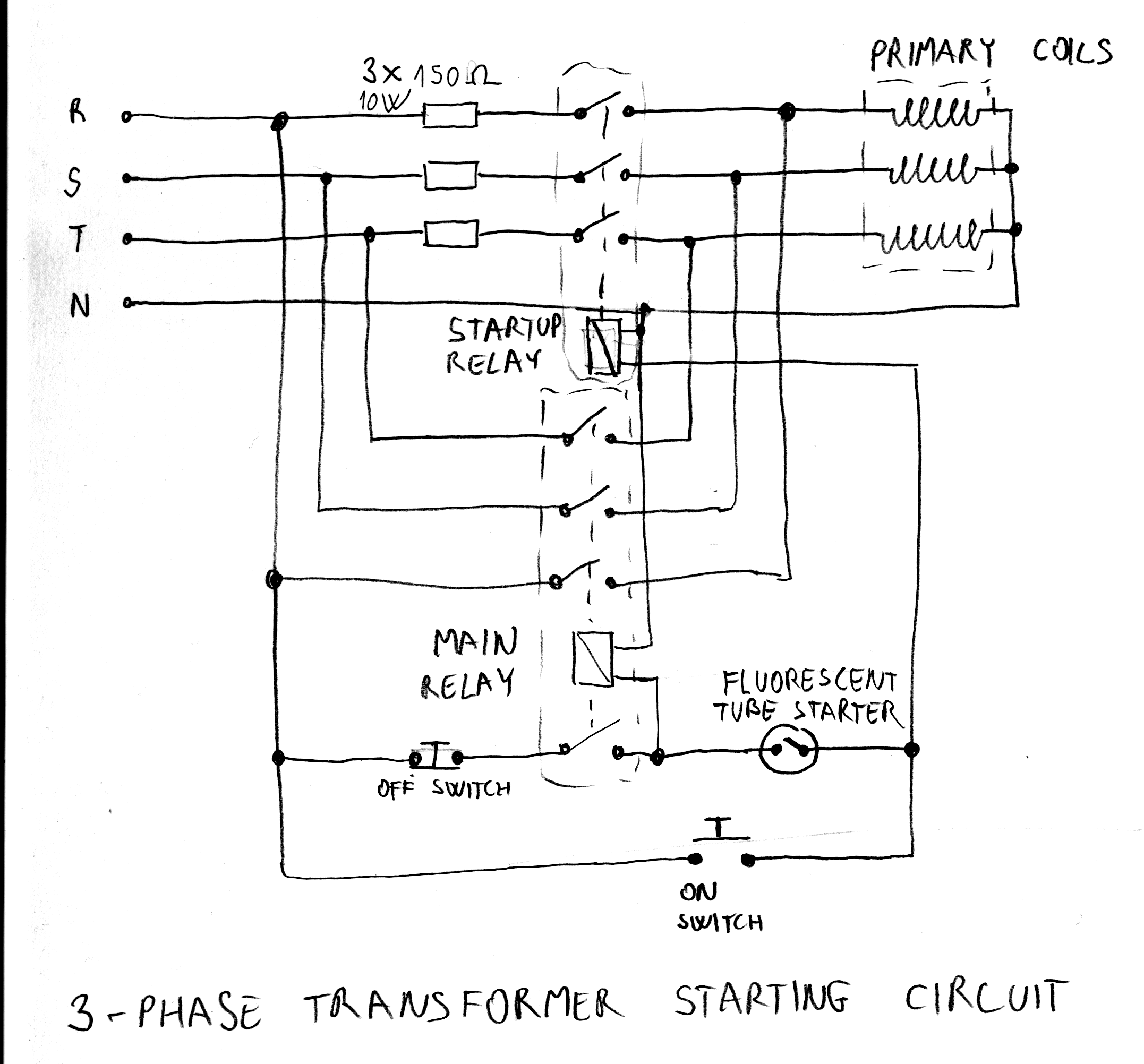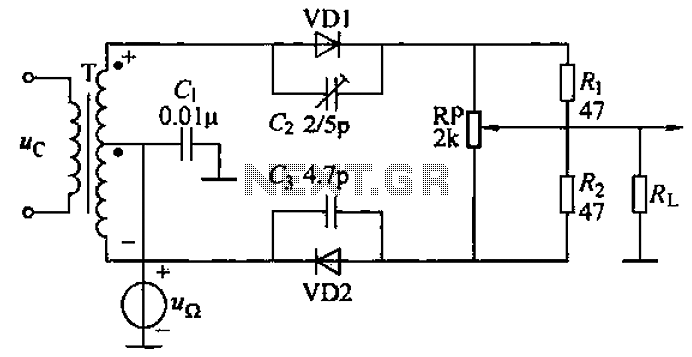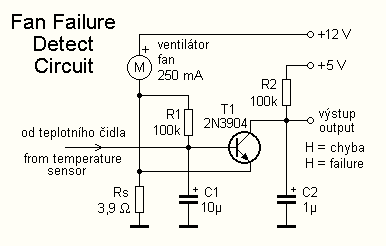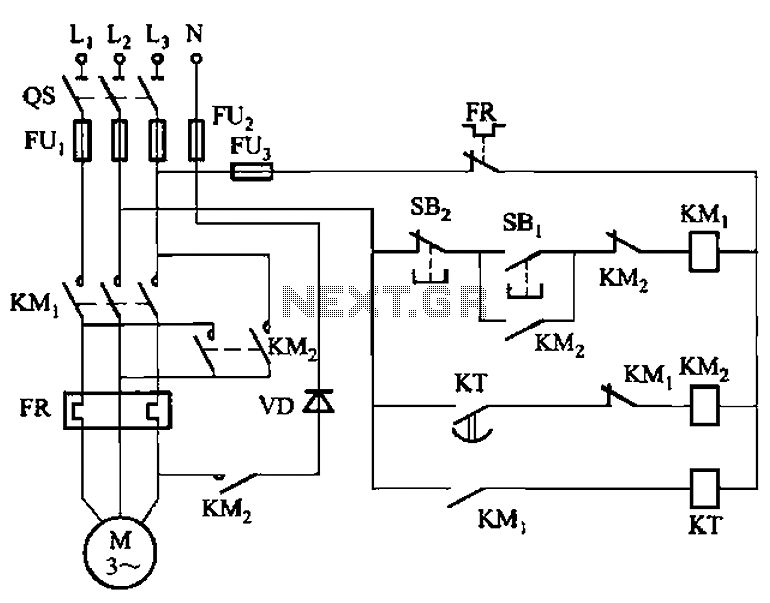
variable transformer starter circuit

After acquiring a large 3-phase variable transformer (variac), there was an unexpected issue with it tripping circuit breakers at random when plugged in. Interestingly, the tripping occurred on different phases and seldom affected all three simultaneously. Resetting the breakers manually a few times allowed for temporary operation.
The described scenario involves a 3-phase variable transformer, commonly referred to as a variac, which is utilized for adjusting voltage levels in various applications. The unexpected tripping of circuit breakers indicates a potential issue with the transformer or the electrical setup.
In a typical 3-phase system, each phase should operate independently, and tripping breakers in a random manner suggests that there may be an imbalance in the load or a fault condition within the transformer. The variac operates by allowing users to adjust the output voltage while maintaining a stable input voltage, but if the transformer is faulty or improperly connected, it could lead to excessive current draw, resulting in breaker trips.
To analyze this situation further, it would be prudent to inspect the variac for any signs of internal damage, such as burnt windings or insulation breakdown. Additionally, verifying the connections to ensure that they are secure and correctly wired is essential. The load connected to the variac should also be examined for compliance with the transformer’s rating to prevent overloading.
Implementing a systematic approach to troubleshooting the issue may involve using a multimeter to measure voltage and current on each phase while observing the behavior of the variac under load. If the variac continues to trip breakers, it may be necessary to consult the manufacturer’s specifications or seek professional assistance to diagnose and rectify the problem effectively.
In summary, ensuring the integrity of the variac and the associated electrical system is crucial to prevent random tripping of circuit breakers and to ensure safe and reliable operation.After getting my big 3-phase variable transformer (variac), I was unpleasantly surprised by it tripping breakers at random at the moment I plugged it in. Curiously, it seemed to trip random phases, and rarely all three at once! If I attempted to reset the breakers by hand a couple of times, I could.. 🔗 External reference
The described scenario involves a 3-phase variable transformer, commonly referred to as a variac, which is utilized for adjusting voltage levels in various applications. The unexpected tripping of circuit breakers indicates a potential issue with the transformer or the electrical setup.
In a typical 3-phase system, each phase should operate independently, and tripping breakers in a random manner suggests that there may be an imbalance in the load or a fault condition within the transformer. The variac operates by allowing users to adjust the output voltage while maintaining a stable input voltage, but if the transformer is faulty or improperly connected, it could lead to excessive current draw, resulting in breaker trips.
To analyze this situation further, it would be prudent to inspect the variac for any signs of internal damage, such as burnt windings or insulation breakdown. Additionally, verifying the connections to ensure that they are secure and correctly wired is essential. The load connected to the variac should also be examined for compliance with the transformer’s rating to prevent overloading.
Implementing a systematic approach to troubleshooting the issue may involve using a multimeter to measure voltage and current on each phase while observing the behavior of the variac under load. If the variac continues to trip breakers, it may be necessary to consult the manufacturer’s specifications or seek professional assistance to diagnose and rectify the problem effectively.
In summary, ensuring the integrity of the variac and the associated electrical system is crucial to prevent random tripping of circuit breakers and to ensure safe and reliable operation.After getting my big 3-phase variable transformer (variac), I was unpleasantly surprised by it tripping breakers at random at the moment I plugged it in. Curiously, it seemed to trip random phases, and rarely all three at once! If I attempted to reset the breakers by hand a couple of times, I could.. 🔗 External reference





